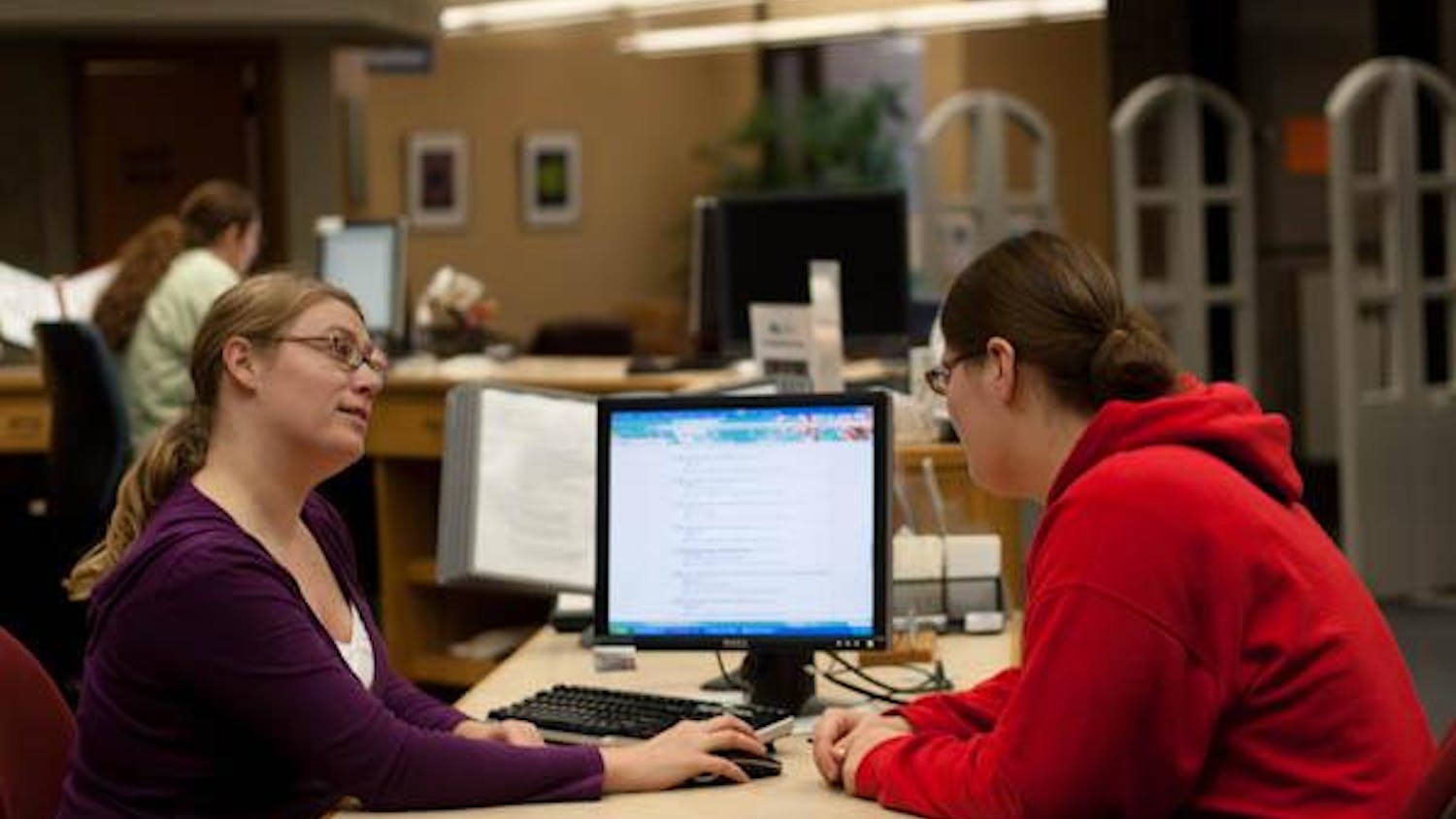By Katelyn S. Irons | Echo
"Tea, Earl Grey, hot." As the words are said, a glass teacup appears and hot tea rushes into it, the perfect temperature. The tea and cup materialized seemingly out of nowhere from inside the microwave-looking box, a replicator from the Starship Enterprise. This scene featuring Captain Jean-Luc Picard is a common one in the "Star Trek: The Next Generation" series.
This is a technology one step closer to becoming reality. Now with 3-D printing technology, we can create artificial organs and affordable tools. Inventors are working on creating cars, clothing and even food! This brings up questions and comparisons in my Star Trek-addled mind about what benefits and complications this will bring to our society.
Replicator Tech
3-D printing began as a technology used to quickly and cheaply create prototypes for architecture projects. Now, printers have gotten even cheaper, dropping from a price range around $20,000 in 2010 to less than $1,000 in 2013. This allows individuals instead of just corporations to get their hands on the technology and start creating.As the price continues to go down, 3-D printers could become as popular as replicators are in the "Star Trek" fictional future, with more options to print. Instead of buying products on Amazon, we could be buying designs for our printers, so the less techy can still print cool items. Currently, there are many free designs on websites like Thingverse.com, but if this idea catches on, the market will probably become more competitive.
Clothing designers have started interacting with this medium, printing shoes, jewelry and even the "N12"-the first printable, flexible nylon bikini.
In addition to printing clothing and items, 3-D printing has taken a yummy turn; after NASA began funding a project to create a 3-D printer for food, everyone wanted in on the deal. A Kickstarter campaign to fund a 3-D printer called "Foodini" raised $1 million in just one day. These printers differ from the fictional replicators in that they require the user to fill capsules with ingredients before they begin printing.
These advancements will mean a huge change in commerce and business over the next hundred years. It will signal not only the end to brick-and-mortar stores, but the reshaping of e-commerce as well. What is the point of buying something online if you can just make it in your home? There are definite concerns for these machines, however.
Governmental Oversight
In the fictional realm of "Star Trek," Starfleet oversees the building and implementing of replicators to keep unauthorized replication of weapons and other dangerous substances from being created without governmental knowledge. Here in the U.S., we have very little ability to control whether or not someone attempts to print a weapon.
There are several laws in place against making and using 3-D printed guns, but this does not actually prevent their creation. These weapons would be completely undetectable through metal detectors and thus would allow them to enter environments considered secure.
As we explore the new abilities of 3-D printing technology, we continue to find its dangers and problems. The question is how our government is going to step in and regulate this tech's powerful abilities.
The ability to create anything within your home or office is a step toward ending hunger; toward flattening manufacturing costs; toward allowing us to enter into a civilization that honors accomplishments more than money, just like in "Star Trek."
Will we use it for good? Only time will tell. Engage.




